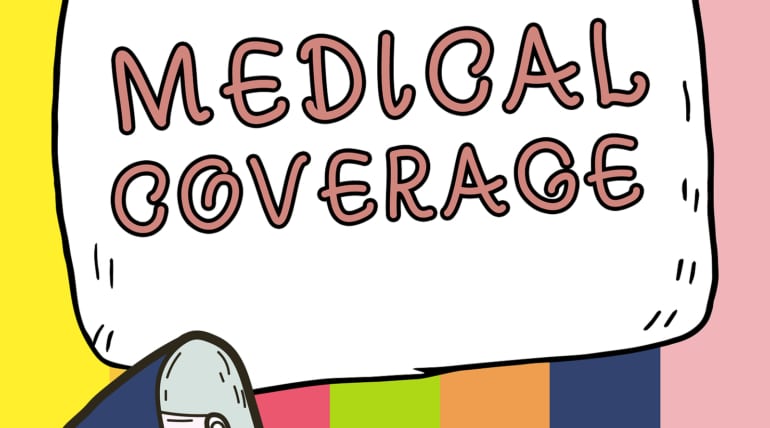Six Primary Reinforcement Rules:
Reinforcing
Pairing
Switch it up
Contingent and Immediate
Fading
Consistency
Five Shaping and related Reinforcement Techniques:
DRA
DRI
DRO
DRH
DRL
SIX PRIMARY REINFORCEMENT RULES:
1. REINFORCERS SHOULD BE REINFORCING
This seems obvious, of course. But what does it mean to be reinforcing? It means that an item or activity can be determined to be a “reinforcer” only if, over time, the behavior it follows increases over time. A reinforcer is never defined as an item or activity, but only by whether it is associated with an increase in the targeted behavior.
2. PAIR SECONDARY (POTENTIAL) REINFORCERS WITH PRIMARY REINFORCERS
This includes pairing items, activities and social praise with primary reinforcers, or previously established secondary reinforcers. Select items and activities that reflect areas of interest and that are age appropriate. These can be used incidentally to teach new skills as well as have the added benefit of not making the child stand out and potentially more accepted by his peers.
3. REINFORCERS SHOULD BE ROTATED
In order to prevent satiation of any particular reinforcing item or activity, parents and therapists should continually be working to add items to the list of potential reinforcers so that there will always be available options for reinforcement.
4. REINFORCERS SHOULD BE GIVEN CONTINGENTLY AND IMMEDIATELY UPON A CORRECT RESPONSE
If a preferred item or activity is not given contingently, it will be extremely hard to build a relationship between targeted behaviors and reinforcers. Access to reinforcement outside of the target behavior contingency reduces the power of the reinforcer.
Immediacy teaches the correlation, the contingent relationship, between the response and the consequence. The child will learn to be sensitive to the differential consequence of a reinforced trial and a non-reinforced trial (attempt). Thus, reinforcement assists in the shaping of target behavior. Over time, the form of reinforcement can change to, for example, a token system, to allow delay of a tangible item or activity.
5. REINFORCEMENT MUST BE FADED – GRADUALLY – OVER TIME
That is, both the frequency and form of the reinforcement should be faded over time to become more and more like the reinforcement schedule and form that will be found in the natural environment. That is to say, in the beginning, a reinforcement schedule is frequently on a 1:1 scale, and the feedback provided is explicit (e.g. “You touched ‘car,’ good job”). Over time, reinforcers can be given after variable rates of time (e.g. V/R 5min) and with generic praise (“Nice job”). It is important to keep in mind that fading reinforcement is a decision based on data, not on an arbitrary deadline. Remember to analyze reinforcement rates and types whenever you might encounter an increase in non-compliance, zoning or maladaptive behaviors. Your reinforcement schedule may need to be increased again in order to get behaviors under control.
6. REINFORCEMENT SCHEDULE SHOULD BE FOLLOWED CONSISTENTLY
While reinforcement schedules are dense at the beginning of therapy – while a child is learning to learn – this will not always be the case. In ABA therapy, we work to make the contrived learning environment more and more like the natural learning environment to assist the child in his ability to acquire skills more naturally. The more consistent the therapist and parent are in the application of reinforcers, the more consistent the child will be in emitting targeted responses.
SHAPING AND THE USE OF DIFFERENTIAL REINFORCEMENT
Differential reinforcement, at its most basic, is the application of reinforcement in the event of a correct response, and no reinforcement when there is not a correct response. Beyond that, the term “differential reinforcement” applies to the following situations:
Differential Reinforcement of Higher Rates of Behavior (DRH)
In this intervention, the reinforcer is given when the behavior occurs at a higher rate than before. This intervention serves to increase desirable behaviors which decrease the amount of time available for inappropriate behaviors.
Differential Reinforcement of Lower Rates of Behavior (DRL)
In this intervention, the reinforcer is given when the behavior occurs at a lower rate than before. This intervention serves to directly decrease the rate of inappropriate behaviors.
Differential Reinforcement of Other Behavior (DRO)
In this intervention, the reinforcer is given as long as the targeted inappropriate behavior does not occur or it is given in the absence of targeted behavior. This serves to directly decrease the inappropriate behavior.
Differential Reinforcement of Alternative Behavior (DRA)
In this intervention, the reinforcer is given when another more appropriate behavior is used or observed. This intervention serves to increase the appropriate behavior while decreasing the inappropriate behavior. Functional Communication Training (FCT) is one type of DRA intervention. DRA interventions are often used to teach replacement behaviors for challenging behaviors.
Differential Reinforcement of Incompatible Behavior (DRI)
In this intervention, the reinforcer is given when another behavior is used or observed. This intervention differs from DRA because the new behavior is incompatible with the inappropriate behavior. For example, a student will receive reinforcement for sitting appropriately. Sitting is incompatible with running because the two cannot occur at the same time. Increasing sitting behavior will result in a decrease in running behavior




